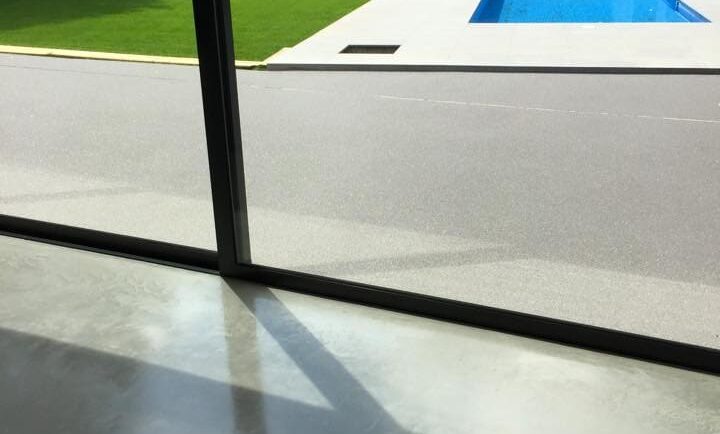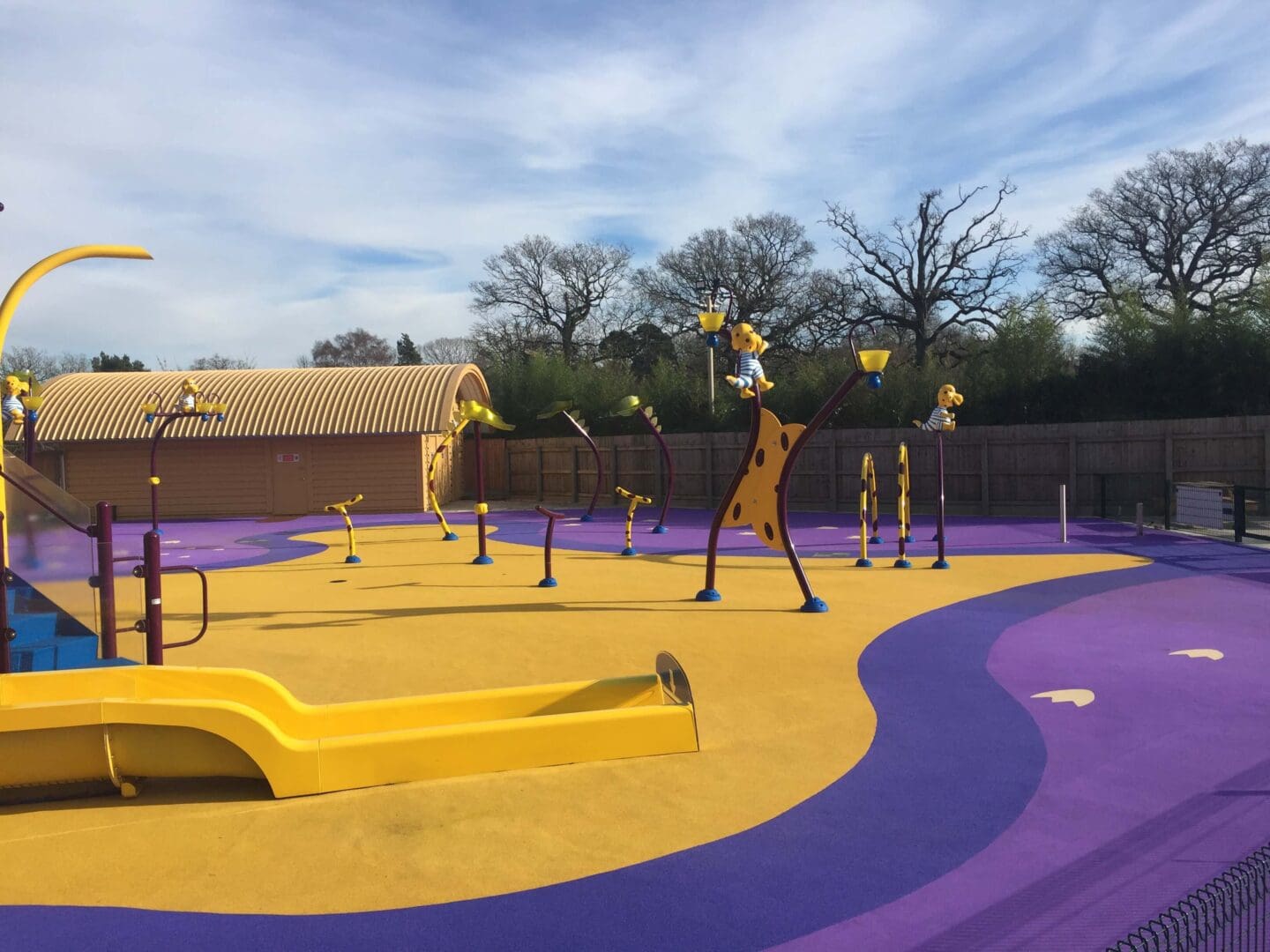
What Are Resin Bound Patios and Why Are Homeowners Choosing Them?
Outdoor living has become part of daily life for many UK homeowners. Patios are now...
Read More
Remember that playground you grew up on? The one with the splintery wood chips and the concrete footing jutting out near the swing set? A lot has changed since then. Today, a playground is a sophisticated piece of infrastructure, and we believe the surface is its single most important component. Choosing the right playground flooring is a critical decision for child safety, as it creates a safe and engaging play area that supports play and protects children.
Every piece of equipment has a Maximum Fall Height (MFH). That’s the distance from the highest point a child can fall to the ground. Your surface must have a Critical Fall Height (CFH) that is equal to or greater than the MFH of the equipment. If it doesn’t, it’s not safe period. This is the first and most critical rule we follow when selecting playground flooring.
How do we know a surface is safe? We never just take a supplier’s word for it. We look for a test report that verifies a product’s compliance with ASTM F1292, a standard that measures a surface’s ability to absorb impact. If we don’t see a lab report, we don’t use the material.
Here’s an honest look at the surfaces we work with, including the hidden costs and benefits you need to know about.
This is the gold standard of playground flooring. It’s a seamless, custom-poured solution that gives you the best safety and design flexibility.
These playground flooring options are often seen as the “budget” option, but we’ve seen them become a major financial and operational headache.
Have questions about these options? We’re here to help. Reach out to our team of experts directly by phone at 01622 747909 or email at sales@flexflooring.co.uk.
The true cost of a playground flooring is Total Cost of Ownership (TCO), which includes every pound spent on maintenance and repairs over its lifespan.
We’ve seen what happens when a playground flooring project goes wrong. It almost always comes down to a poor installation. The material is only as good as the team laying it down. The correct preparation of the sub-base, proper drainage, and the precise mixing of materials are all critical to a surface’s safety and durability. Without the right foundation, your new surface can crack like an eggshell, no matter how good the material is.
Once installed, your playground flooring needs to be maintained to stay safe and beautiful.
We’ve seen it all the installations that fail and the surfaces that last for decades. A great playground starts with a smart decision, and we’re here to guide you through the process. The choice you make now will ultimately determine its value for years to come.
If you’re ready to invest in a surface that protects children and saves you from costly headaches down the line, let’s talk. Our team can provide a full site assessment and a no-obligation quote that addresses your unique challenges.
Experts in epoxy and polyurethane flooring systems

Outdoor living has become part of daily life for many UK homeowners. Patios are now...
Read More